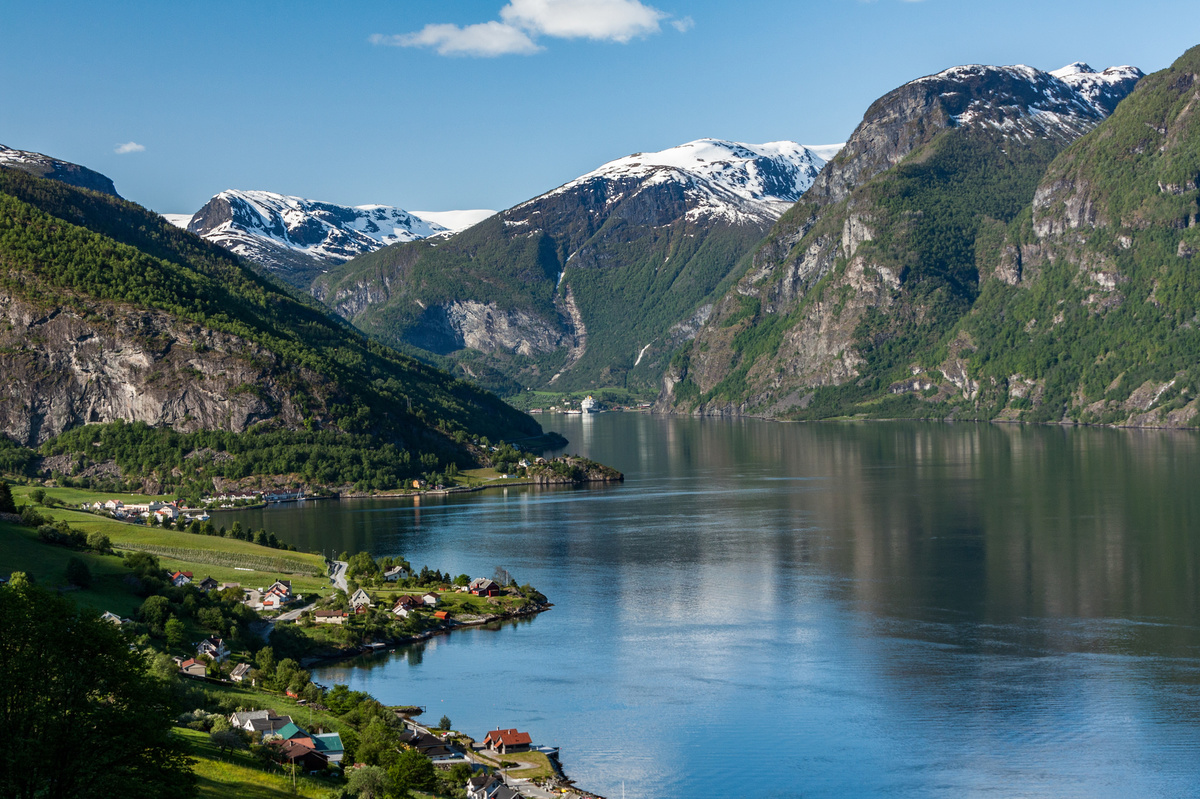
Norwegian Style. A Workshop at the 2016 UIAA General Assembly
A proud history
The Norwegian Alpine Club (Norsk Tindeklub) was founded in 1908 and has been a member of the UIAA since 1965. The origins of the Club were based on the model of the British Alpine Club. Traditionally, its membership required candidates to demonstrate a certain level of skill and experience in climbing and mountaineering.
Norway’s population currently stands at just over five million with the Norwegian Alpine Club reporting a steady rise in the popularity of climbing and mountaineering. Norway is a fertile region notably for adventure climbers and those seeking multi-pitch big walls on excellent quality granite. Relatively unexplored, it has a deserved reputation for being a ‘wild, free, clean wilderness’.
As climbing in the country becomes more popular, the Norwegian Alpine Club is increasingly confronting the issues which have faced other European climbing destinations, notably the question of bolted routes and the rise in commercial interests.
The Norwegian Alpine Club is an advocate of the ‘Norwegian Style’, which is opposed to bolted climbs and promotes leaving nature as free. “The Norwegian Alpine Club proactively approaches climbers and educates them about the value of untouched terrain for us today and future generations to appreciate them,” explains Tore Røysheim, Management Board member of the Norwegian Alpine Club.
Until now a strong climbing heritage has enabled this philosophy to prevail successfully but the rise of a new generation with a different mindset and approach has provided the federation with new challenges. This coupled with the rise in tour operators and commercial players interested in constructing quick-fix, bolted routes. “Unlike places such as Italy, there are no traditions of via ferrata in Norway,” explains Røysheim. “There is a rise in this exciting product for tourism, which in some places is conflicting with areas well-established for adventure climbing.”
The workshop will expand on the present situation in Norway, the challenges the Norwegian Alpine Club faces and some of the solutions it is proposing. It will feature as part of a wider discussion which will draw on the experiences of other UIAA member federations and the challenges they have faced in their respective countries.
Further reading: 2016 UIAA General Assembly
